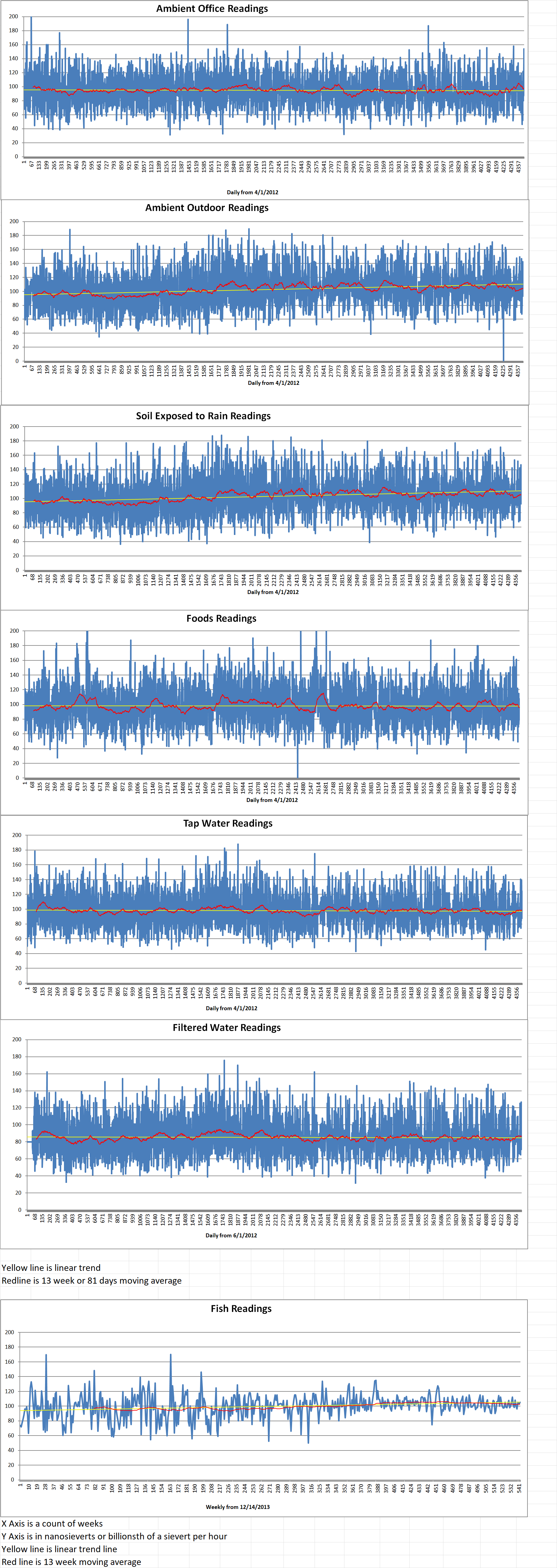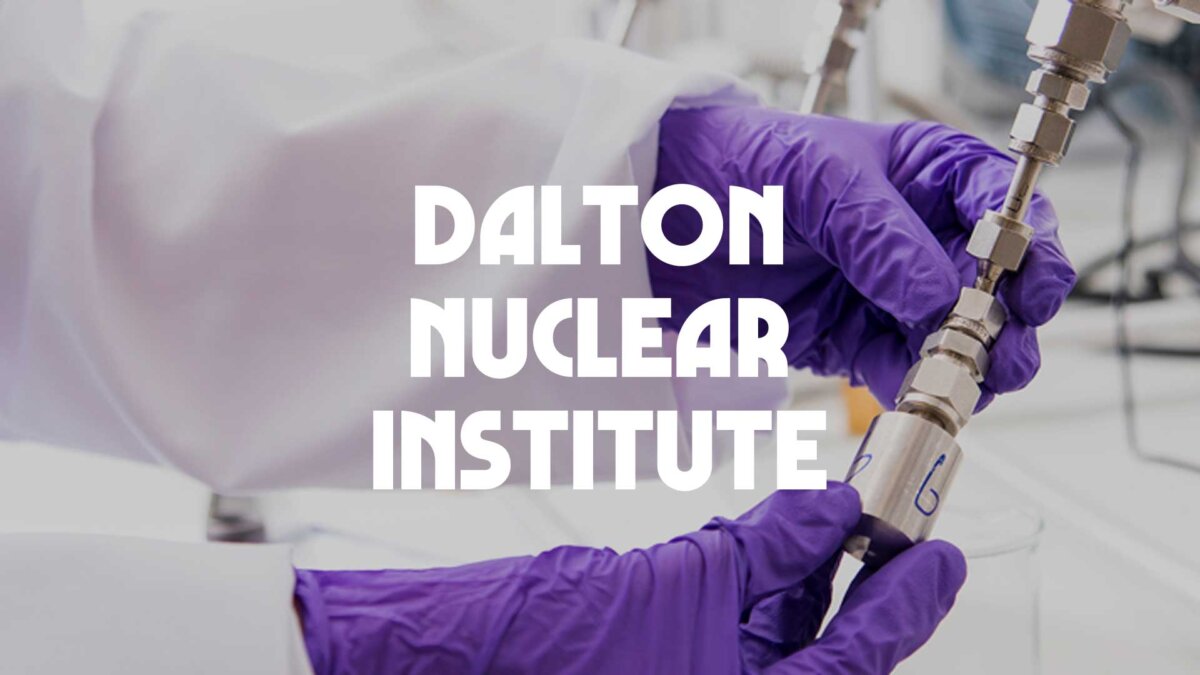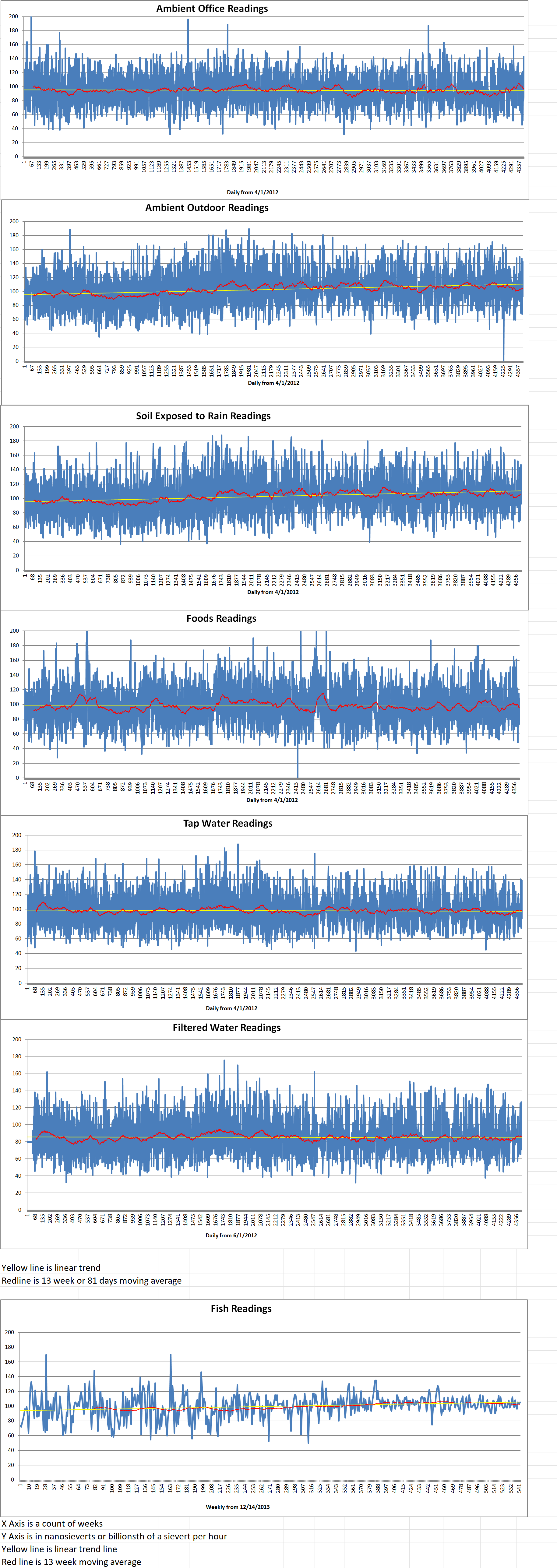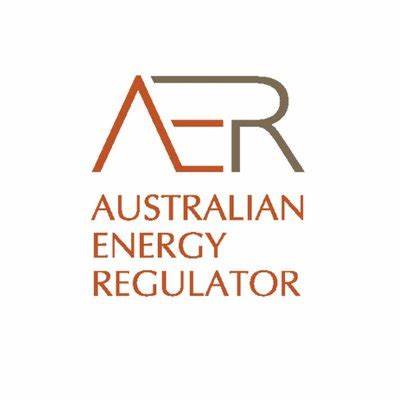Part 2 of 2 Parts (Please read Part 1 first)
The report says that “One method of improving flexibility of nuclear power is to combine it with thermal storage. The higher temperatures produced by some AMRs (advanced modular reactors) make them particularly suited to production of hydrogen and other synthetic fuels, as well as heating for a large range of industrial applications. This potential is further exploited in several AMR conceptual designs that choose to incorporate molten salt thermal storage … this arrangement of a reactor plus thermal store opens the prospect of broader commercial uptake by end users, through considerable availability of economic, flexible, useful energy output, and should be investigated.”
The report explains that the thermal storage concept follows experience with solar thermal power “where it has been proved effective and economic in countries with abundant sunshine … molten salts are used to store heat in large, insulated silos, and the molten salts are then run through steam generators or heat exchangers. The cooled molten salt is then stored in separate silos to be used in the next cycle … alternatively, the heat can be stored in large, insulated masses of cheap solid materials such as sand or gravel which are heated and depleted by molten salts, but this system has a lower thermal efficiency than the two-tank molten salt option … several AMR conceptual designs include molten salt thermal storage combined with energy conversion plants up to three times the capacity of the reactor system. At times of low electricity demand, energy is directed to the heat store; at times of high demand, this stored heat energy can be converted into electricity along with the reactor’s output. This allows continuous operation of a reactor plant while allowing unrestricted load following, including at very low levels of electricity delivery to the grid”.
The report recommends that the U.K. government should prioritize research to allow in-depth investigation of the opportunities to use reactors with thermal storage. It also recommends that government assessments of the impact of new nuclear capacity should recognize and incorporate cogeneration applications. It goes on to say that “government and industry should aim to reduce the need for curtailment of renewable electricity by using cogenerated nuclear heat to power high-temperature electrolysis hydrogen production, in addition to short-term storage”, while “planning for future nuclear deployment should envisage an integrated system where nuclear and variable renewables work in harmony through cogeneration and energy storage, while planning around energy (not just electricity) infrastructure delivery should be fully coordinated to best ensure the UK has a functional whole system”.
With respect to potential next steps, the report says that “further research and development into thermal energy storage technology is necessary, as the technology’s engineering feasibility is central to achieving the potential economic benefits of the Flexible Nuclear approach”.
Zara Hodgson adds that “Our analysis indicates future promise for a flexible, fossil fuel free energy system that integrates the synergistic advantages of renewable energy and cogenerating nuclear energy, as the technologies become deployable in the system from now to 2030, then onto 2040, and finally full implementation by 2050. Capitalizing on the flexibility of nuclear energy to contribute more than just low-carbon electricity is a key innovation opportunity for the UK and offers leadership in international net-zero initiatives and enhanced energy security.”
Blog
-

Nuclear Reactors 1450 – The Dalton Nuclear Institute Issues A Report On the Future Of Nuclear Power In The U.S. – Part 2 of 2 Parts
-
Nuclear News Roundup Nov 22, 2024
Russia claims it shot down US-made ATACMS missiles and issues nuclear threat abcnews.go.com
NANO Nuclear Energy Signs MOU with Vert2Grow Energy Solutions to Bring Sustainable Energy and Food Production to Remote Communities globenewswire.com
Nuclear Science Museum offering winter break camps krge.com
Lawmakers Vote To Restart Ninh Thuan Nuclear Power Plant Projects nucnet.org
-

Geiger Readings for Nov 22, 2024
Ambient office = 154 nanosieverts per hour
Ambient outside = 96 nanosieverts per hour
Soil exposed to rain water = 102 nanosieverts per hour
Shitake mushroom from Central Market = 87 nanosieverts per hour
Tap water = 89 nanosieverts per hour
Filter water = 81 nanosieverts per hour
-

Nuclear Reactors 1449 – The Dalton Nuclear Institute Issues A Report On the Future Of Nuclear Power In The U.S. – Part 1 of 2 Parts
Part 1 of 2 Parts
Nuclear power is a flexible energy source, producing electricity, hydrogen and heat with large-scale energy storage and not merely a source of baseload power. This means it can complement the variability of renewable energy sources without the need for back-up natural gas power plants according to a new report from the Dalton Nuclear Institute. Nuclear could be a flexible source in fossil-free energy systems, the report says.
The report is titled The road to net zero. It promotes the idea of renewables and nuclear working together and says that such a change could help the U.K. to achieve its goal of a net-zero power and energy system by 2050. It can create more jobs and lower the projected costs by up to seventeen billion nine hundred million dollars.
Zara Hodgson is the Director of the Dalton Nuclear Institute at the University of Manchester. The Dalton Nuclear Institute is the umbrella organization for nuclear activity at Manchester, spanning three faculties to co-ordinate the most advanced nuclear research capability in UK academia.
Hodgson says in the forward to the report, “The U.K. has been highly successful in driving forward the expansion of renewable energy to displace fossil fuel burning power plants … yet, wind and solar are inherently variable … the installation of backup natural gas burning power plants and energy storage technologies has so far been the proposed solution to the UK’s changeable island weather, despite drawbacks of high-cost electricity, wasted energy and continued CO2 emissions.”
She continues, “So we have asked ourselves if the U.K. should look again at how nuclear electricity and nuclear heat could accelerate the renewable energy technology led transition to net-zero, and also underpin UK leadership in addressing climate change.”
The potential fossil-free energy future scenario “to spark further discussion” is for generation of more than eight hundred and forty terawatts total supply. Three-quarters is supplied by variable renewable energy, one tenth by nuclear plants and zero percent from fossil fuels. That would constitute roughly doubling the current overall supply and the current U.K. nuclear output.
In the report’s “Flexible Nuclear” scenario, nuclear energy primarily delivers heat to produce hydrogen and other fuels that are essential to decarbonize the U.K. Renewable energy sources would deliver the bulk of electricity generation. When renewable output drops, nuclear energy is then diverted to generate electricity for the grid. This avoids the need to have new natural gas-fired power plants designed only to be used to cover times of low renewables output.
Juan Matthews, William Bodel and Gregg Butler are the co-authors of the report. They say that in current official U.K. energy system modelling, nuclear power is seen as a baseload energy source. Natural gas generation will operate for “only a small percentage of the time”. The co-authors note that “seemingly cheap sources of electricity become expensive when their capacity factor is reduced”. They also mention the potential cost of having to curtail energy production at times of maximum generation from renewable sources.
Please read Part 2 next -
Nuclear News Roundup Nov 21, 2024
Scotland’s last nuclear power plant to continue operating until 2030 uk.news.yahoo.com
US will not return nuclear weapons to Ukraine reuters.com
Meta seeks nuclear power developers for reactors to start in early 2030s investing.com
Uranium Mining Revival Portends Nuclear Renaissance in Texas and Beyond insideclimatenews.com
-

Geiger Readings Nov 21, 2024
Ambient office = 136 nanosieverts per hour
Ambient outside = 93 nanosieverts per hour
Soil exposed to rain water = 93 nanosieverts per hour
Romo tomato from Central Market = 90 nanosieverts per hour
Tap water = 124 nanosieverts per hour
Filter water = 111 nanosieverts per hour
-

Nuclear Reactors 1448 – Australian Government Official Doubts That Australia Will Adopt Nuclear Power
Chris Bowen is a member of the Australian Labor Party and the Australian Minister for Climate Change and Energy. He recently said that support for nuclear power is likely to evaporate once Australians face a clear choice at the next election and realize that the Liberal–National Coalition Party’s nuclear power policy would mean relying more on old coal plants and increased risk of blackouts.
Bowen went on to say that while some polling had suggested some voters were open to nuclear plants being allowed in Australia, surveys had also consistently found they preferred renewable energy.
Bowen added that “Every bit of research I’ve seen, public and private, says that when shown details and given a choice between nuclear and other forms of energy, nuclear fares very, very badly. If you look at the popularity of different forms of energy, it’s solar, wind, gas, daylight, coal, nuclear, in that order, every single time.”
The Coalition has named seven sites where it says it would eventually replace coal-fired power plants with nuclear power plants but not how much this would cost. Multiple energy analysts argue nuclear power would be more expensive than any other option and that a nuclear industry would not be possible in Australia until after 2040. Most of the country’s coal plants are scheduled to close in the 2030s.
The Coalition has suggested that it would limit the rollout of large-scale renewable power and bridge the gap by keeping ageing coal plants running longer and using more gas-fired power.
The Coalition has not yet said what type of gas plants this means. With nuclear power banned, natural gas is the most expensive form of electricity in the national electricity market and it use is largely restricted to “peaking” power turned on only when required. Natural gas provided less than three percent of the electricity in the national grid over the past month.
Claire Savage is the chair of the Australian Energy Regulator. She told a parliamentary inquiry she did not believe that nuclear plants could be built in enough time to cover the closure of coal-fired power plants. More than a one fourth of the coal power capacity in the national grid was offline on the day she gave evidence due to planned and unplanned outages.
Polling on nuclear power in Australia has produced varied results. A Lowy Institute poll in June found sixty one percent strongly or somewhat supported nuclear power use alongside other sources of energy.
A Guardian Essential poll was split between people who considered it “an attempt to extend the life of gas and limit investment in large-scale renewables” and those who said it was “serious, and should be considered as a part of the nation’s energy future”.
Bowen said some Australians were open to nuclear power, but he was not concerned because there was a difference between people being open to it and agreeing to it.
Bowen added that “When you say to people, whether it’s in a formal market research setting or a punter in the street setting, ‘I don’t object to nuclear, morally … but I object to it because it’s so expensive, but probably even more importantly, because it takes so long, and we don’t have time if we’re going to wait the 20 to 30 years it would take, and that means more coal in the system and coal in the system longer, and even the Liberals aren’t proposing to build new coal-fired power stations so they’re just going to rely on these old ones longer, and that’s blackouts’ – then the support or openness evaporates.”
Ted O’Brien is the Coalition’s climate change and energy spokesperson. He has promised to provide more details of the opposition’s proposal before the end of the year. O’Brien has rejected claims there would be a risk of an electricity shortage under the Coalition’s plan and said that government and clean energy industry analysis of how much it would cost were inaccurate as they were not based on its full policy. -
Nuclear News Roundup Nov 20, 2024
Senior Russian diplomat says possibility of new nuclear tests remains open question reuters.com
Congress Must Prevent Nuclear War consortiumnews.com
‘Decades’ for ex-coal sites to be safe to go nuclear au.news.yahoo.com
GLE acquires land for laser enrichment facility world-nuclear-news.org
-

Geiger Readings for Nov 20, 2024
Ambient office = 143 nanosieverts per hour
Ambient outside = 108 nanosieverts per hour
Soil exposed to rain water = 106 nanosieverts per hour
Red bell pepper from Central Market = 87 nanosieverts per hour
Tap water = 100 nanosieverts per hour
Filter water = 85 nanosieverts per hour
-

Nuclear Reactors 1447 – Australian Government Officials Argue Over Adoption Of Nuclear Power
Matt Kean is the chair of the Climate Change Authority in Australia and a former New South Wales Liberal energy minister. He told a parliamentary estimates hearing that there is “no bigger rent-seeking parasite than the nuclear industry” during a heated exchange with senators supporting nuclear power.
Appearing at an estimates hearing for the first time since his appointment in June, Kean argued with the independent senator Gerard Rennick about the cost of nuclear power. He told the hearing, “If you want to see who are needing rent-seeking [and] trying to pull one over on the Australian public, it is the nuclear industry.”
Kean said that the nuclear industry was “there propping up the coal industry, who want to extend their business models, squeeze out the last bits of profit at the expense of Australian consumers”.
He also clashed with the Nationals party senator Ross Cadell over an analysis by Australia’s science agency CSIRO. The agency found that nuclear power was the most expensive form of large-scale energy available. He estimated that an initial nuclear power plant could cost more than ten billion U.S. dollars.
Kean told Cadell that “most rational people do trust the CSIRO, this is the body that developed wifi” and that their advice “is good enough for me and it should be good enough for our political leaders”.
Cadell responded by accusing the authority chair of not being willing to question things or actually looking for the truth.
Kean told the senator, “I know you’re trying to get your grabs up on Sky at the moment”.
Later he told Rennick that advice from CSIRO and the Australian Energy Market Operator indicated that the least expensive way to replace Australia’s ageing electricity infrastructure was with renewable sources of power.
The Coalition has proposed seven sites where it says it would eventually replace coal-fired power plants with nuclear power plants but not how much this action would cost.
Multiple energy analysts have argued that nuclear energy would be more expensive than any other source of electricity and that a nuclear industry would not be possible in Australia until after 2040. The bulk of the Australia’s coal plants are scheduled to close in the 2030s.
The opposition has criticized Labor’s goal of 82% renewable energy by 2030. The opposition went on to say that it would limit the rollout of large-scale renewable energy. It added that it would bridge between closing the coal fired plants and bringing new sources of electricity online by keeping ageing coal plants running longer and using more gas-fired power.
With nuclear banned, natural gas is the most expensive form of electricity in the national electricity market and its use is largely restricted to “peaking” power turned on only when required. Natural gas provided less than three percent of electricity in the Australian national grid over the past month.
Clare Savage is the chair of the Australian Energy Regulator. She told a parliamentary inquiry that she did not believe nuclear plants could be built in time to cover the closure of coal-fired power plants.
